Driver Down: Tomorrow’s New Cars Won’t Need You
Tuesday, August 9, 2011 by admin
It’s because of all these non-drivers that today’s cars are heavier, less efficient, and more expensive than they need be. If more people actually thought about what they were doing behind the wheel, there’d be way fewer crashes, and so we probably wouldn’t need so much complex and costly safety hardware.

We enthusiasts like to think we set the agenda when it comes to all things automotive. We don’t. Vehicle design, road design, traffic laws, transport policy: All are calibrated to the non-driver. There are more of them than us. And in America, where everyone loves freedom and a good lawyer can absolve you from the responsibility that comes with it, the common denominator doesn’t get much lower. This is the nation that once mandated automatic seatbelts in an attempt to protect people too stupid or lazy to buckle up themselves, and whose most recent contribution to automotive design has been the invention of the cupholder.
To compensate for dumb drivers, cars are getting smarter. So smart that soon they won’t actually need anyone to drive them. Cars that drive themselves have been on the R&D radar for automakers since the 1950s. For decades, it was assumed that a smart infrastructure-roads with in-built guidance and control systems-would be a basic requirement for a viable autonomous car; this has always been the stumbling block, as infrastructure is expensive and inflexible. But stunning advances in computer power over the past half-century mean today’s autonomous cars don’t need clever roads; they can figure it out all by themselves. And they can talk to other smart cars to help avoid collisions, use less gas on the freeways, and reduce gridlock during rush hour.
Unlike most drivers, autonomous cars are always paying attention when they are on the road, which is why they are a politician’s dream. A reduction in road crashes would help reduce health care costs. Cops and firefighters could spend more time solving crimes and preventing fires instead of catching speeders and cleaning up crash scenes. The existing freeway network could be used more efficiently, as smart cars could run inches apart nose-to-tail, improving fuel economy and dramatically increasing traffic density. Traffic congestion in cities could be better managed, and best of all, the consumer would pay the cost of all the enabling technologies when they buy their smart car. The government wouldn’t have to spend a dime. All it would have to do is mandate automakers build smart cars.
Selling the idea of smart cars to that overwhelming majority of car buyers who aren’t interested in driving won’t be that hard. I can eat breakfast and do my e-mail in clean, air-conditioned comfort with my favorite tunes banging on the sound system while I’m heading to the office? I can send the car to pick up the kids from soccer practice while I make dinner? I can stretch out and sleep while my car takes me to Chicago overnight? Where do I sign?
This seductive new world of the automobile is a lot closer than we think. Seven autonomous Toyota Prius cars built by Google have already covered more than 140,000 miles in testing. And it all sounds wonderful. Unless, of course, you actually like driving…
















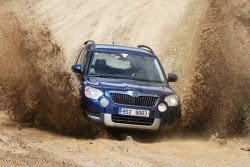
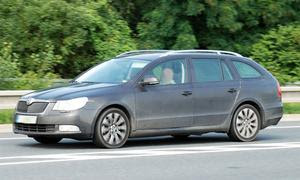


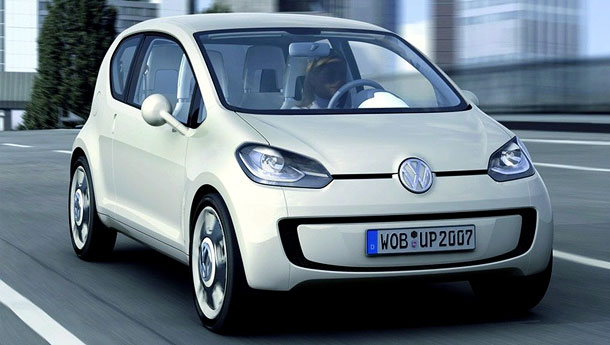





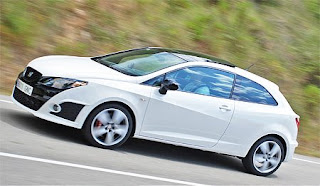


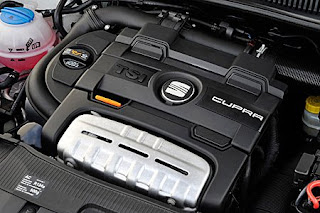

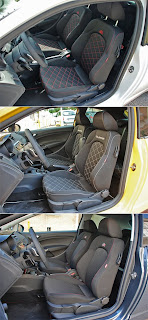

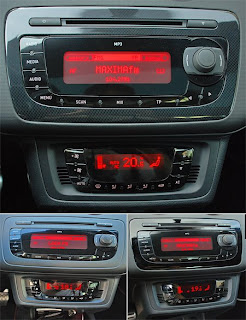

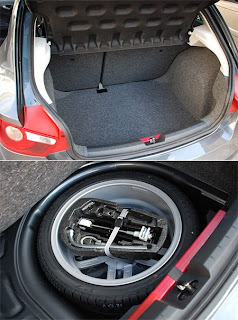






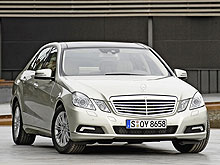
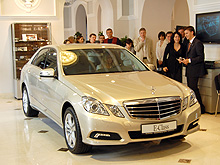
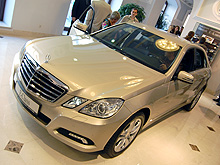
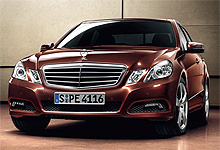

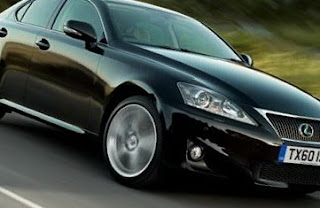
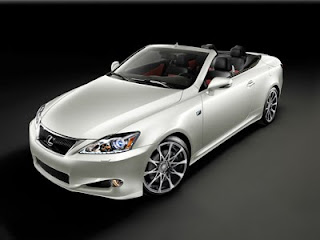
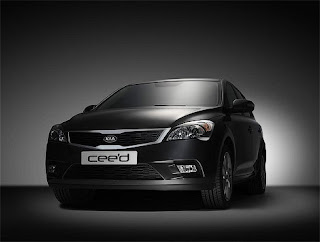
.jpg)



 2011 All Rights Reserved
2011 All Rights Reserved